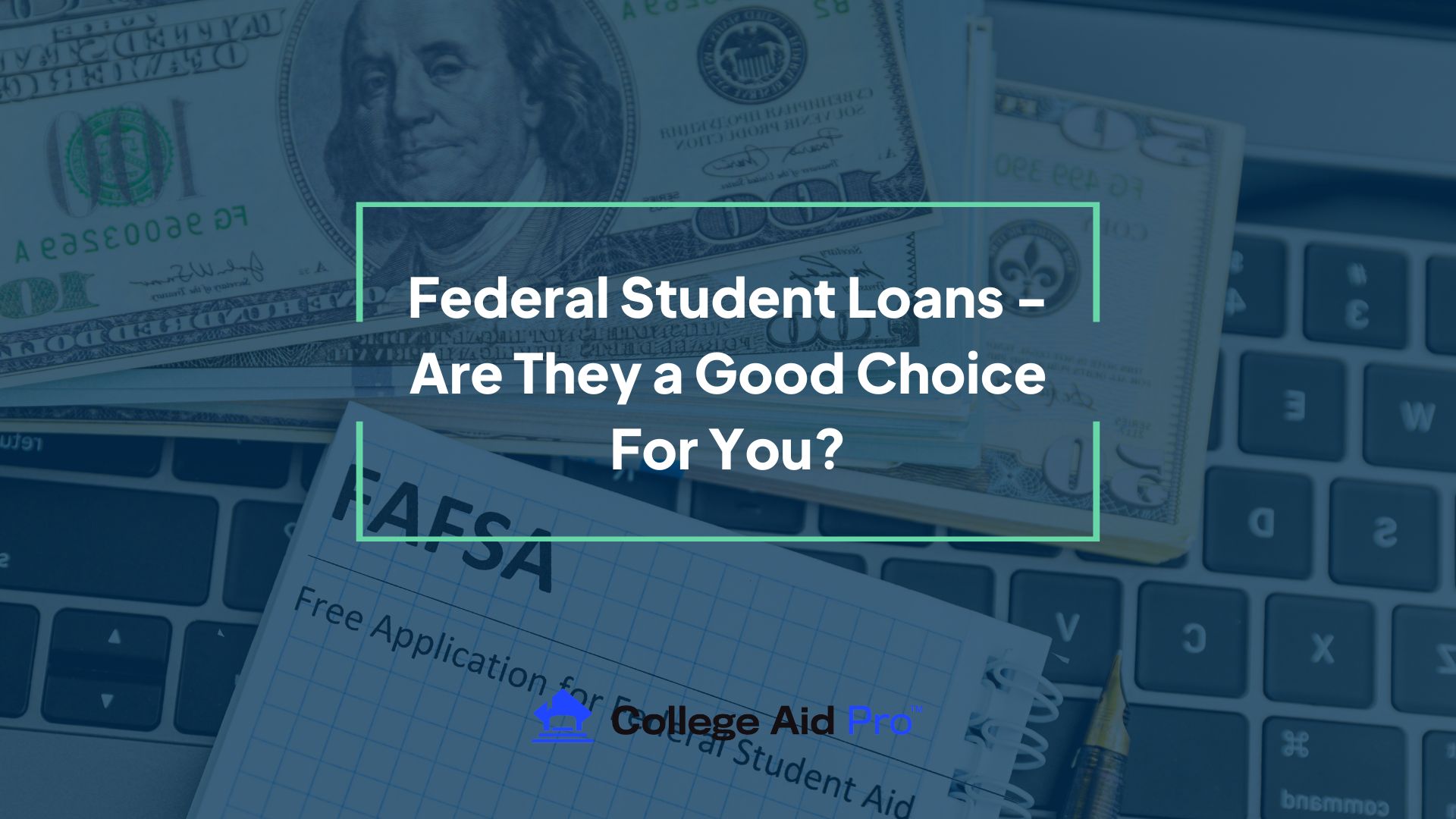What are Federal Student Loans?
These are loans given out by the federal government. It’s the governments way for encouraging young adults to pursue a post-secondary education by softening the financial burden by offering these loans.
There are 2 types of federal student loans; subsidized loans and unsubsidized loans.
Subsidized Federal Student Loans
These loans the government pays the interest on the loan or loans until 6 months after the student graduates from college. You must have Need-based aid eligibility in order for a college to award to award a student a subsidized loan.
Unsubsidized Federal Student Loans
These loans are awarded to a student by a college if they are not need-based aid eligible, but still need to take out a loan to pay for school. These loans start accruing interest at the beginning of the loan that the student is responsible for.
*With unsubsidized federal student loans you lose the perk of the government covering your interest until you graduate.*
How Do you Get Federal Student Loans?
In order to be eligible as a student for a federal student loan, you MUST submit your FAFSA form. It must be submitted each year you plan on using a federal student loan.
Are They Good Loans to Take Out?
If you are going to need to borrow money for college, federal student loans are your best place to start. These loans have a fixed interest rate for that year of the loan. Each May the loan goes to auction and the interest rate is reset for the next school year’s loan. This means for example, that you may pay 7% interest one year and 10% interest another year based on the 10 year treasury note. Most private loans for college have variable interest rates, meaning your interest rate can change throughout the year. The fixed rate federal loan stays at the same interest rate for that entire school year. Read more here to learn about loan rates.
Also, these loans are exclusively under the student’s social security number. This means two things. First, no one else is on the hook to pay back the money, not mom or dad or a spouse; only the student. It can’t affect anyone else’s credit history or credit score. Second, this is a great opportunity for your student to start building credit; something they will need post college to rent an apartment or buy a car. If they are paying off their loan payments on time, they will have a good credit report and not need a parent or friend to co-sign for loans.
How Much can You Borrow in Federal Student Loans?
This depends on what type of loan you have and what year you are in college
Subsidized Federal Student Loans
- Freshman- $3500 maximum loan amount
- Sophomore- $4500 maximum loan amount
- Junior- $5500 maximum loan amount
- Senior- $5500 maximum loan amount
- Total over four years of school- $19,000
Unsubsidized Federal Student Loans
- Freshman- $5500 maximum loan amount
- Sophomore- $6500 maximum loan amount
- Junior- $7500 maximum loan amount
- Senior- $7500 maximum loan amount
- Total over four years of school- $27,000
Remember, loans are money that you borrow and are required to pay back. It’s important to figure out what the right amount to borrow is for you. Don’t forget to look at all your other funding options before you turn to loans. While lots of families will still find themselves borrowing some money, there are MANY other college funding options to consider as well.



